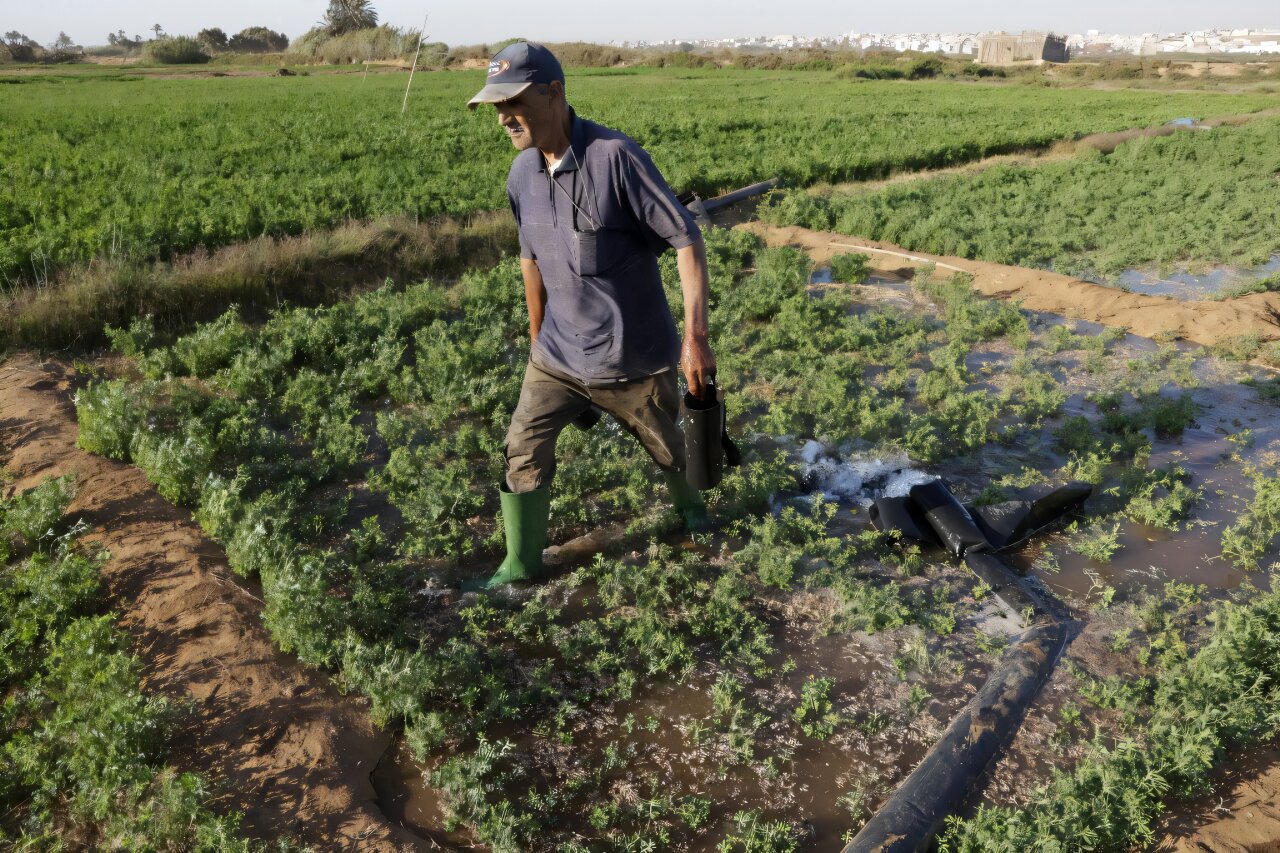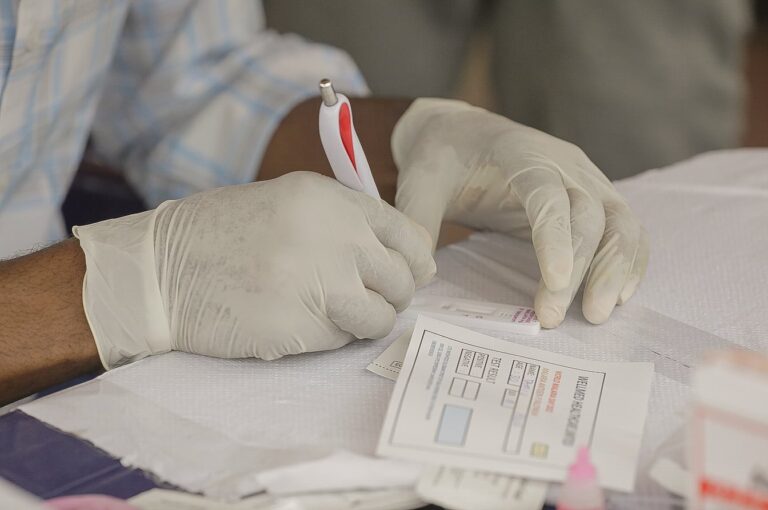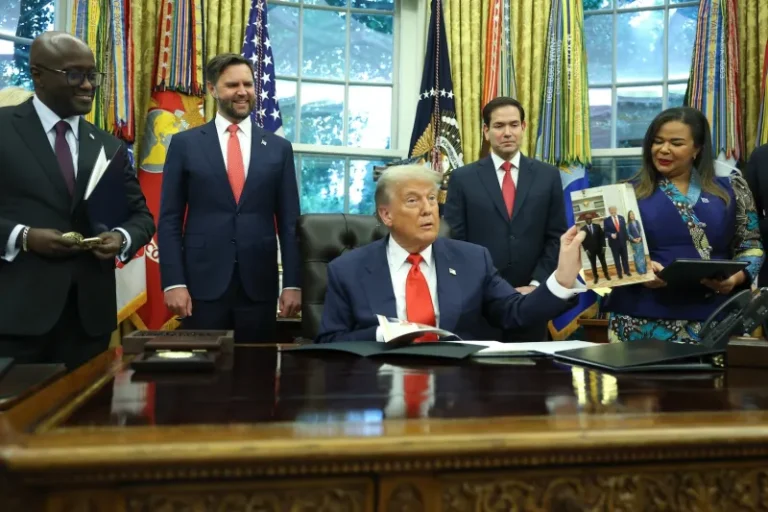
Amid dwindling groundwater reserves and increasingly erratic rainfall, Morocco’s Souss-Massa region is turning to the sea to safeguard its agricultural lifeline.
A landmark desalination project in the Chtouka plain is transforming seawater into fresh irrigation supplies, ensuring the survival of farms that anchor the region’s economy.
Located a few kilometres from the Atlantic coast, the Chtouka Aït Baha desalination plant now produces over 270,000 cubic metres of potable water each day.
Of this output, around 125,000 cubic metres are diverted to irrigate roughly 1,500 farms spanning 15,000 hectares, according to the Moroccan Association of Fruit and Vegetable Producers and Exporters (APEFEL). The majority of these farms grow tomatoes, a flagship export crop vital to the region’s income.
Since its integration into local agriculture at the end of 2022, desalinated water has helped stabilise crop production, allowing farmers to maintain output even during prolonged droughts. Tomatoes grown under this system are already reaching European markets, bolstering Morocco’s reputation as a resilient supplier despite mounting climate challenges.
However, the breakthrough carries a steep price tag. Desalinated water is sold to farmers at 5 dirhams per cubic metre, excluding tax — a rate made possible only through government subsidies, which cover nearly half the production cost. Without this support, the price would almost double, making it prohibitive for most farmers. In contrast, groundwater and surface water remain up to five times cheaper, forcing producers to restrict the costly desalinated water to high-value crops.
The Chtouka model illustrates how targeted investment and political backing can mitigate the agricultural toll of the water crisis. By sustaining thousands of jobs and protecting billions of dirhams in agricultural capital, the project offers a blueprint for resilience — but one dependent on subsidies and careful economic balancing.
For Morocco, the experiment signals that desalination could be scaled further, but only where the economic returns justify the cost.



